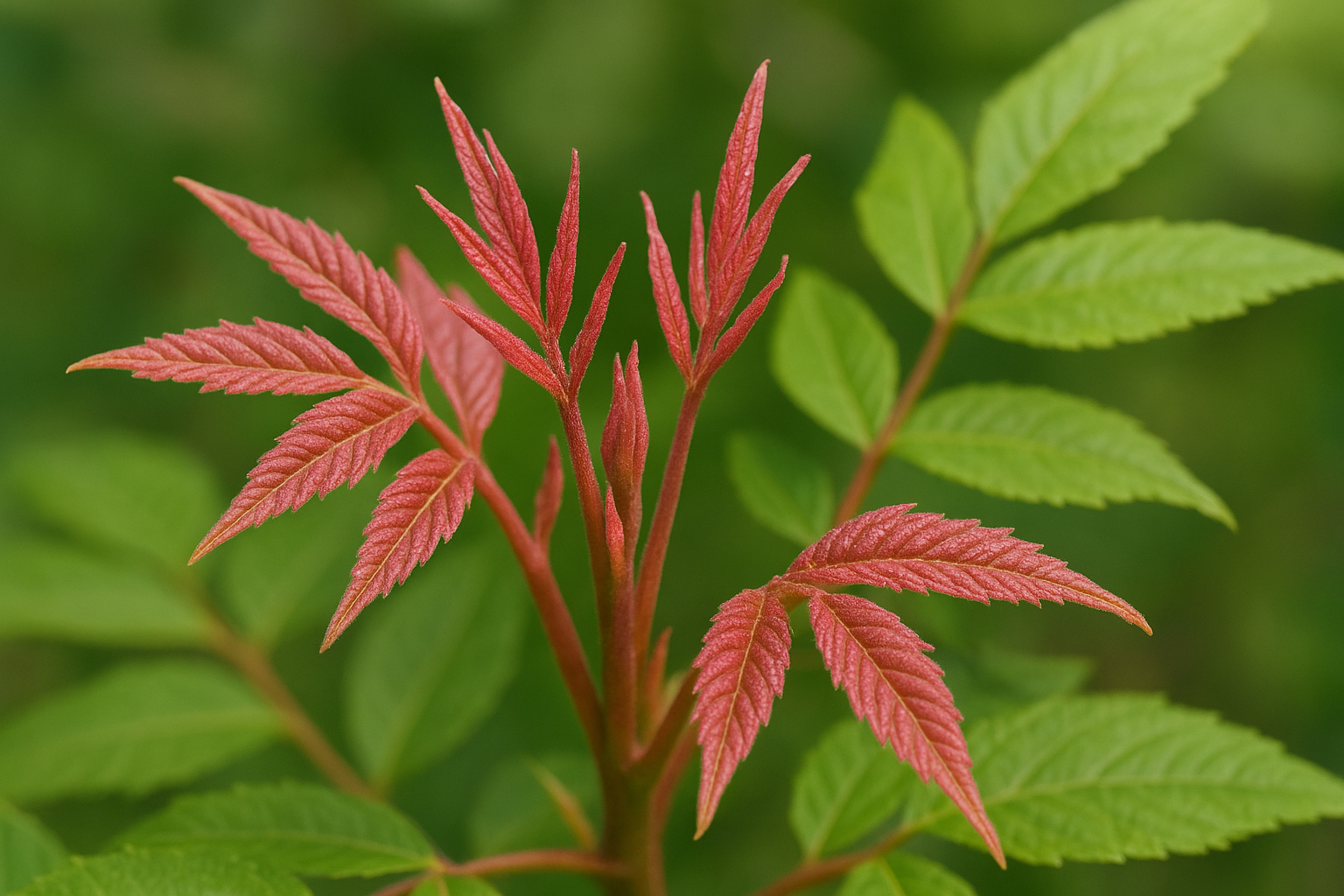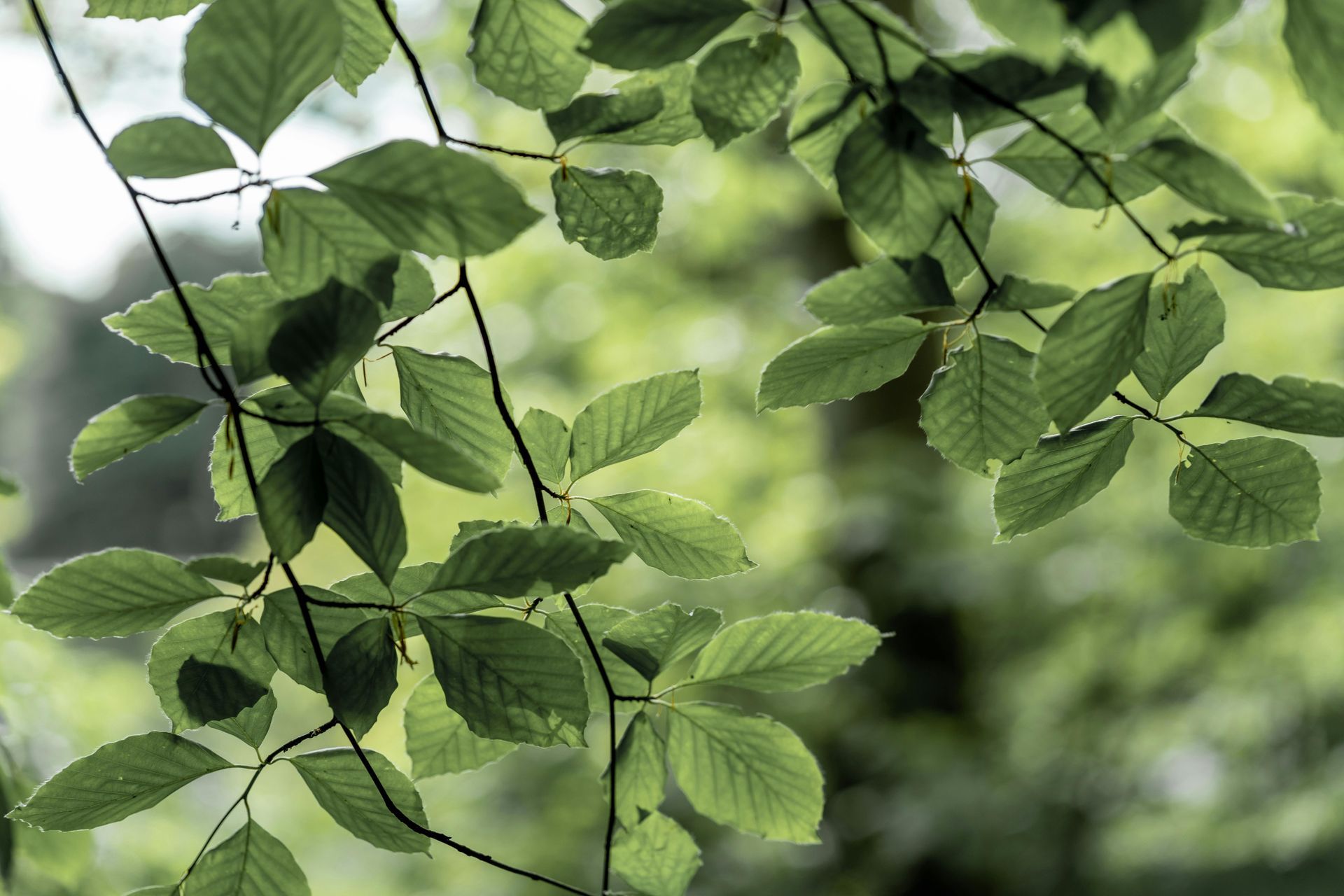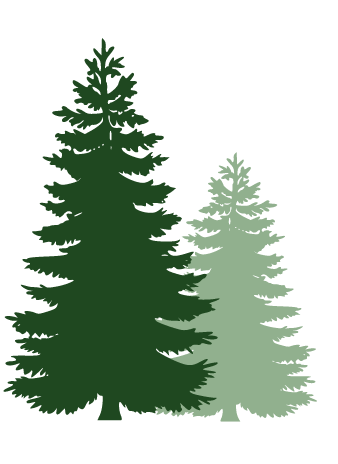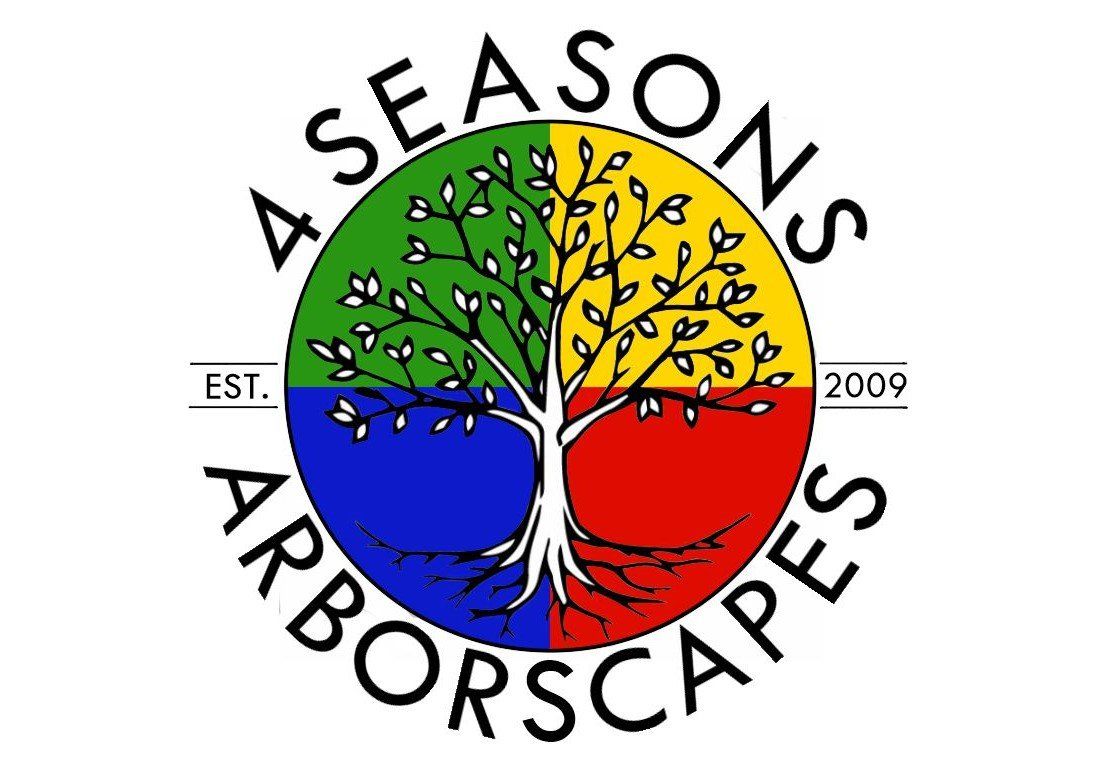Building Better Soil: Why Fall and Winter Matter for Tree Health
As trees prepare for dormancy, many homeowners assume that tree and lawn care can take a back seat until spring.
But beneath the surface, your soil continues to play a vital role in your landscape’s long-term health, and the off-season is one of the best times to give it some attention.
The Hidden Life Beneath the Surface
Healthy soil is more than dirt; it’s a living ecosystem made up of microorganisms, organic matter, minerals, and water.
These elements support your trees by improving nutrient availability, water retention, and root growth.
Even during the colder months, microbial activity continues slowly beneath the frost line, breaking down organic material and building soil structure.
If your soil is compacted, low in organic matter, or lacking nutrients, your trees may struggle next growing season, which may result in slower growth, sparse foliage, or increased susceptibility to disease and drought.
Why Fall and Winter Are the Best Times for Soil Work
Late fall and early winter provide an ideal window for improving soil health because trees are dormant and won’t be stressed by root disturbance.
This makes it a great time for services such as:
- Soil testing: Understand your soil’s pH and nutrient profile before spring growth begins.
- Compost and mulch application: Add organic material to boost soil fertility and protect roots from temperature swings.
- Aeration: Loosens compacted soil, improves oxygen flow, and enhances water absorption for deeper root growth.
Taking these steps now ensures your lawn and trees are ready to thrive once temperatures rise.
3. Simple At-Home Practices to Support Soil Health
Homeowners can make a big difference with a few simple off-season habits:
- Leave the leaves. Instead of bagging them, mulch them into the soil to return nutrients naturally.
- Avoid overwatering or compacting frozen ground. Frozen or saturated soil can easily become damaged.
- Apply a layer of mulch (2–3 inches). Keep it a few inches away from the trunk to prevent rot and pests.
These small efforts protect your trees’ root systems and maintain soil structure through the freeze-thaw cycle.
4. Preparing for a Strong Spring Start
Healthy soil is the foundation of every vibrant landscape.
By investing a little time and care during the off-season, you can prevent springtime problems before they start, and help your trees emerge stronger and more resilient.
If you’re unsure where to start or want professional insight into your soil’s condition,
4 Seasons Arborscapes can help.
Check out the latest:









